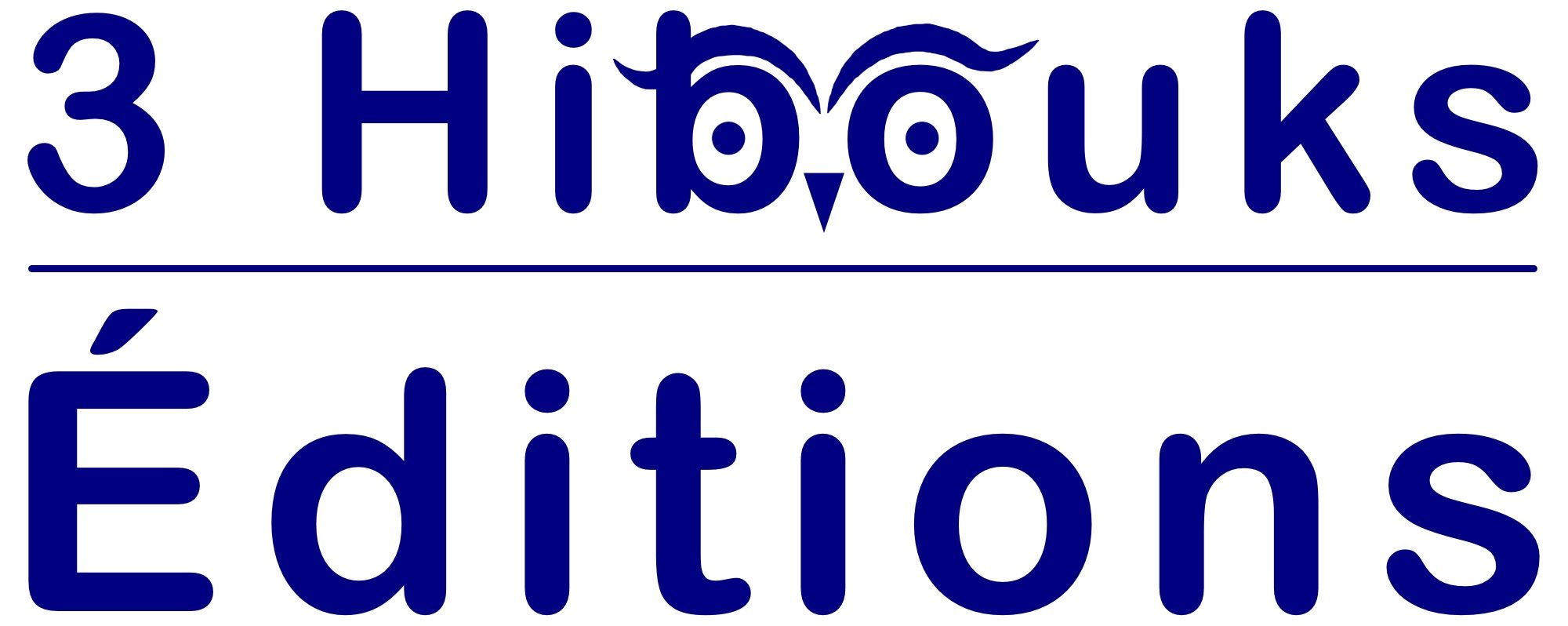Très intéressante analyse d’Alan Moore dans cet article du Guardian:
« Alan Moore leading digital comics to open-source future »
« The most sophisticated technology in a digital comic is “the comics medium itself”.
“It is a very well-developed technology and it’s very difficult to add to or reproduce comic effects in a more elegant way,” Moore says, citing a page in Will Eisner’s The Spirit where the masked crimefighter is investigating a deserted house. “You might have a shot of the darkened kitchen, in the foreground there would be a faucet with a slightly elongated bead of water hanging from its business end. If you were trying to create this as a digital comic, surely the temptation would be to make the tap drip, even add a drip-drip-drip sound effect. But that would not make it better, it would remove the elegance of Eisner’s original, where through the elongation we know that in a second or two it will break free and fall and another bead will form.” Comics are a technology that “works upon the hardware of the human brain, the software of the human mind,” Moore continues. “They are already creating these virtual effects. So avoiding whistles and bells would be one of the first tenets that digital comics should try to stick to.” »
Il est vrai que la tentation est grande, au vu des immenses possibilités offertes par le format epub3 (et l’epub4 est déjà en préparation, on est impatients de voir ça!), de surcharger nos ebooks de contenus enrichis (audio, vidéo, animations, interactivité), plus high-tech les uns que les autres. Il est néanmoins essentiel, à chaque instant du processus de codage, d’évaluer quelle est, REELLEMENT, la valeur ajoutée pour le lecteur. Et c’est là que l’assistance d’un éditeur numérique professionnel présente REELLEMENT une valeur ajoutée pour l’auteur! 🙂
Sur le même sujet, voir aussi Les 3 atouts majeurs de l’ePub3.
